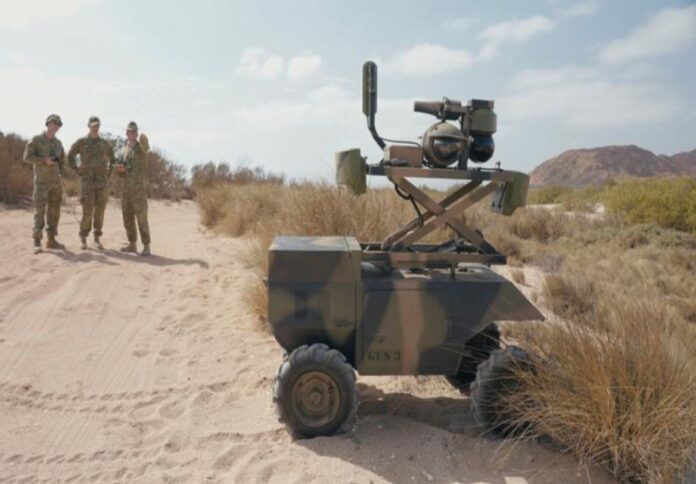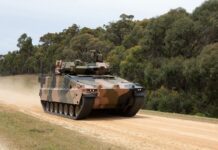
The Regional Force Surveillance Group’s (RFSG) Pilbara Regiment has introduced a new tool in its mission to monitor one-sixth of Australia’s vast landmass: the Ground Uncrewed System (GUS).
This small ground robot is designed for intelligence, surveillance, and reconnaissance, and has begun supporting the regiment’s efforts in detecting and tracking movement, the government said in a news release.
Lieutenant Colonel Marshall Lawrence, Commanding Officer of the Pilbara Regiment, highlighted the importance of GUS in expanding operational capabilities.
“Capability like GUS is really important in expanding our capabilities to be able to get to more places and stay on locations longer in pursuit of that reconnaissance and surveillance effect,” he said.
The Australian Army first encountered GUS at the 2022 Land Forces International Land Expo, where it earned the Best Land Innovation award.
The robot’s developer, Luke Townsend, previously worked with anti-poaching missions in Africa. His efforts focused on protecting endangered wildlife and rangers from militants. Townsend’s experiences shaped his vision for GUS.
“I was working in African parks as part of an anti-poaching effort and we were losing rangers in west Africa to militants,” Townsend explained.
“What we were trying to do was develop an automatic system that could be left in front of the ranger position, and as a militant approached, it would just alarm, flash and go nuts.”
With a background in both the British and Australian armies, Townsend leveraged his military experience to develop GUS with soldier safety in mind.
“I’ve had a collection of experiences that allows me to look at a piece of technology and think ‘what are the soldier’s problems? What are the risks to the soldier?’ and then build from there,” he added.
GUS is currently undergoing trials with RFSG as part of a broader initiative to safely test and refine technology in the field.
Although still in its prototype phase, GUS was deployed by the 13th Engineer Regiment during Talisman Sabre 2023 to detect enemy forces.
Private Alex Tinning of RFSG expressed enthusiasm about participating in the early stages of technology development.
“It’s really good that we are being involved in the trialling of this – it’s better than getting an end product that doesn’t work and then we’re stuck with a bunch of stuff that we don’t want and don’t need,” Private Tinning said.
Major Clinton Carter from the Robotic and Autonomous Systems Implementation and Coordination Office emphasised the value of industry collaboration during the capability development phase.
“Placing this equipment in the hands of the end users, such as RFSG, allows us to learn by doing, fail fast, and then implement those changes into future iterations as we continue to evolve the capability,” Major Carter noted.




















